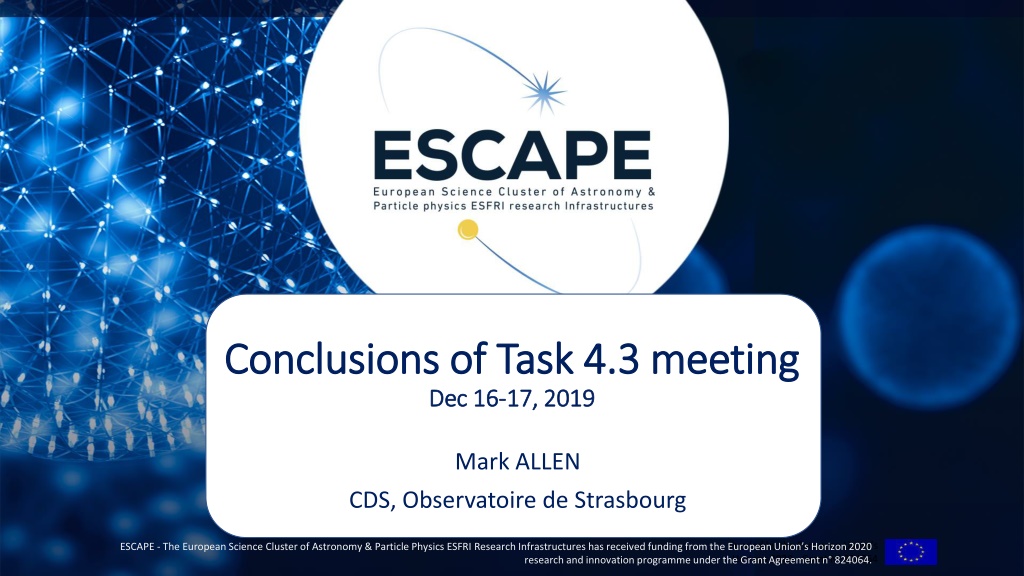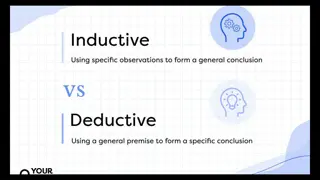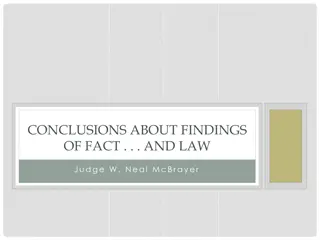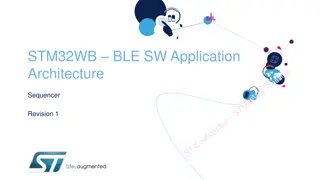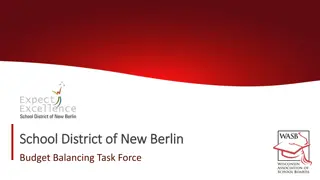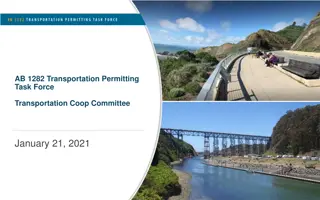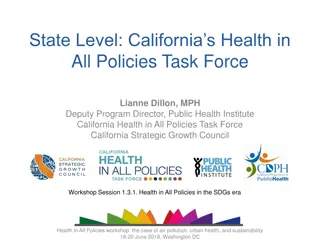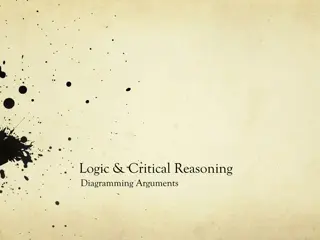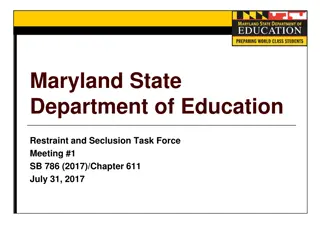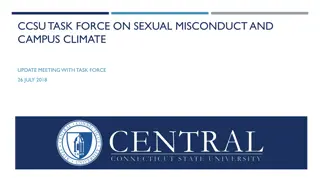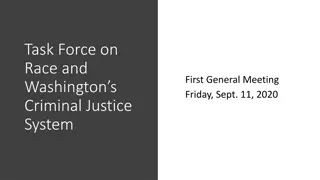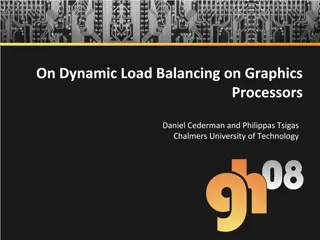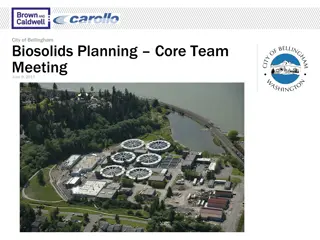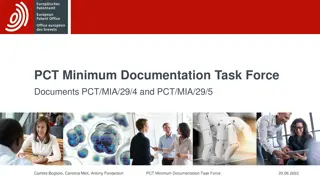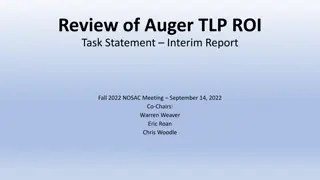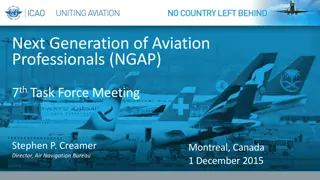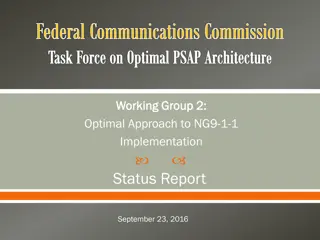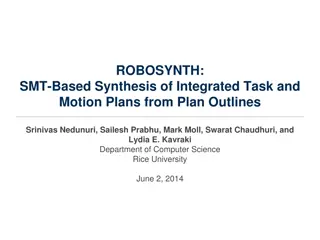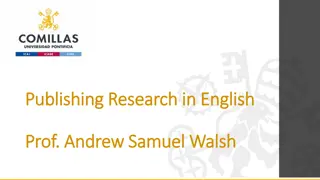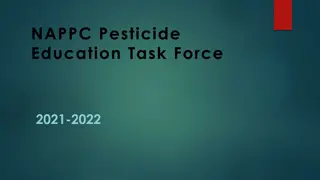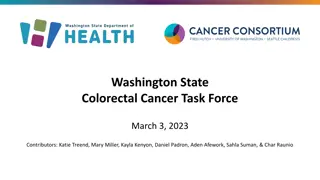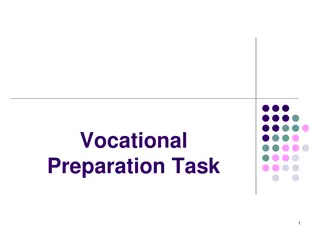Task 4.3 Meeting Conclusions and Next Steps
The Task 4.3 meeting held on Dec 16-17, 2019, discussed key conclusions and outlined next steps for the ESCAPE project funded by the European Union. The meeting covered topics such as tech forums, hackathons, platform capabilities, imaging plans, progress reports, and future demos. Spectra analysis, interface concepts, and collaboration strategies were also emphasized for achieving project goals. The timeline for deliverables and demos was set, with a focus on data processing and integration for astronomy and particle physics research.
Uploaded on Sep 12, 2024 | 0 Views
Download Presentation

Please find below an Image/Link to download the presentation.
The content on the website is provided AS IS for your information and personal use only. It may not be sold, licensed, or shared on other websites without obtaining consent from the author.If you encounter any issues during the download, it is possible that the publisher has removed the file from their server.
You are allowed to download the files provided on this website for personal or commercial use, subject to the condition that they are used lawfully. All files are the property of their respective owners.
The content on the website is provided AS IS for your information and personal use only. It may not be sold, licensed, or shared on other websites without obtaining consent from the author.
E N D
Presentation Transcript
Conclusions Conclusions of Task 4.3 meeting of Task 4.3 meeting Dec Dec 16 16- -17, 2019 17, 2019 Mark ALLEN CDS, Observatoire de Strasbourg Funded by the European Union s Horizon 2020 - Grant N 824064 ESCAPE - The European Science Cluster of Astronomy & Particle Physics ESFRI Research Infrastructures has received funding from the European Union s Horizon 2020 research and innovation programme under the Grant Agreement n 824064.
Next steps: Tech Forum - Presentation on Task 4.3 on progress and ideas. - Hackathon meeting demo in Jupyter notebook? (2 hrs) - Cross-WP4/5 question desired platform capabilities from Task 4.3 experience Task 4.3 Meeting - End March/ beginning April 2020 Strasbourg (date TBD) - Make plans for imaging, catalogue, cube explorations. Input for ESCAPE progress meeting - 3 slides (to be finalized at Strasbourg Tech forum) ( - input for ESO users committee: 2-3 slides for April 2020) MR to decide Input for mid-term report. Written description of progress: probably needed by end June 2020 - Meeting HITS before summer 2020 (probably July) (how do we keep that after finished? - who can re-run it?) (F-X - visit to HITS) - AD I Jan-June 2020: Concentrate on UVES data, apply same approach as done from HARPS, but also look for overlaps. (Make the prototype system somehow transferrable) - Toward the Deliverable Demo - July 2021 - A vision for the demo; February 2021 - Define venue/audience for demo: ESO Users committee 2021, EWASS 2021, IAU 2021? Funded by the European Union s Horizon 2020 - Grant N 824064 2 12/09/2024
Spectra: * finalize HARPS - atmosphere removal (short investigation by HITS before Tech forum). Try the system with simulated stellar spectra - is similar really similar? ESO (John) goal to show in April 2020 (may involve pre-procesing/norms/...?) * UVES work - Self-Organizing-Maps? - What to do instead of 0-padding? - Does the dimensionality reduction cluster different "objects" (galaxy, star, QSO, BD) ? - Getting labels from SIMBAD and re-label' centroids [FS(ESO) CDS] - Question: are we good enough with redshifts? * Gather some initial feedback from astronomers: what is a "similarity" of spectra that *they* would find useful for *their* science -> maybe this will lead to different methods of pre- processing/loss-function * Precision topic: - How many dimensions do we need to capture "most" of the spectral information ? - ESO to try to force orthogonality in latent space + order by importance - Noise estimation and then decide on the dimensions that are really necessary * Other instruments ? Consider which spectrographs addition to HARPS and UVES - can we make one model that can contain spectra from all/more instruments? Funded by the European Union s Horizon 2020 - Grant N 824064 3 12/09/2024
Interface: * Think of concepts for the interfaces Funded by the European Union s Horizon 2020 - Grant N 824064 4 12/09/2024
